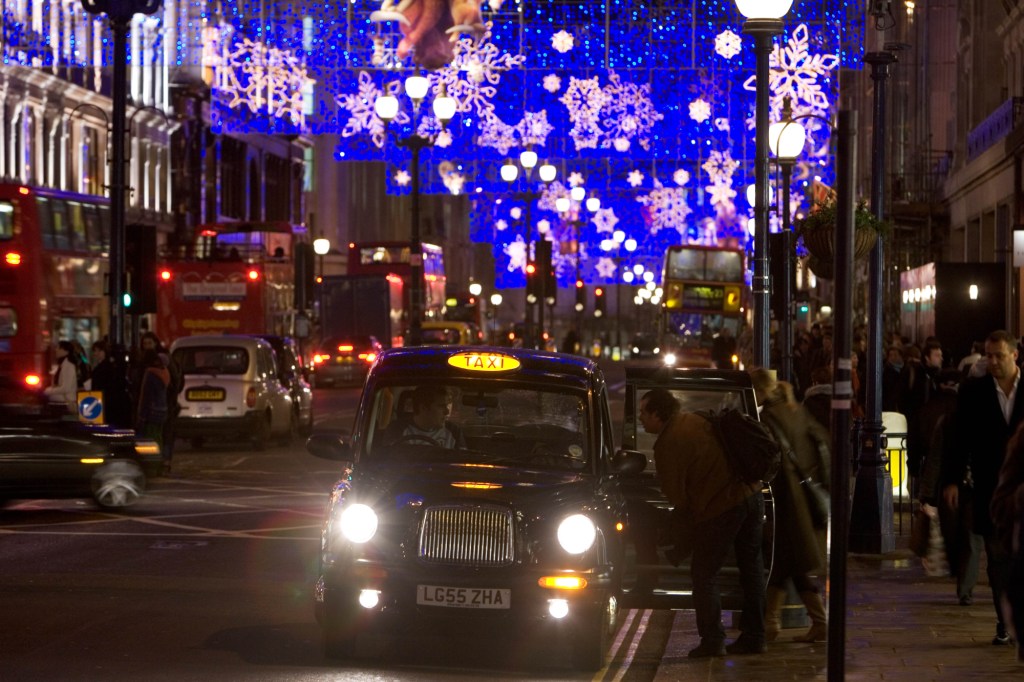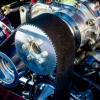
Are Headlights Getting Brighter, or Is It Just You?
Have you been on the road recently and been blinded by a pair of car headlights? If so, you aren’t alone. While car safety is a hot topic for automakers and consumers combined, technology has not yet caught up to fix the issue. While lights have gotten brighter in the past 50 years, other factors have a bigger impact.
Do newer cars have brighter headlights?

The New York Times recently did a piece investigating the state of lights these days. In the past few years, pickup trucks and SUVs have surged in popularity. For those driving in smaller cars or sedans, the headlights of large trucks seem to be at the perfect height to blind oncoming drivers. The New York Times suggests that recent technological advances to improve driving at night have also introduced brighter lights.
Matt Kossoff is the CPO for The Retrofit Source, a headlight distributor, noting that headlights have gotten brighter in recent years. From the 1950s through the 1980s, automakers used “sealed-beam” headlights in cars. These were not very advanced and offered a poor stream of light for drivers. Through the early 1990s, headlights were mainly halogen lights with tungsten filaments. These offered a better light output over the sealed-beam version, but there was still a long way to go.
By the time the late 1990s came around, high-intensity discharge lights had offered various glowing headlight colors. LED lights surged in popularity by the 2010s as these were brighter, lasted longer, and were more efficient in the long run. These also came in different “colors” like blue and purple, which tend to look brighter than conventional white lights.
Are bright white headlights legal?
While these new headlights do make night driving easier, there is another side to the coin. There is even a Facebook group called Ban Blinding LEDs and a Change.org petition called Ban Blinding Headlights and Save Lives! Eric Kennedy is an associate professor of biomedical engineering at Bucknell University in Lewisburg, questioned the change. “The balance we are always trying to strike is what is the mitigation and what are the unintended consequences?”
One of the major pushes toward improved headlights has been in the name of safety. The Insurance Institute for Highway Safety (IIHS) scores cars, trucks, and SUVs for headlight visibility. This has made automakers acutely aware that brighter headlights are the way to go.
The angle of the lights has a major impact
Back in 2019, Popular Science wrote about this exact issue. The National Highway Traffic Safety Administration (NHTSA) noted that thousands of complaints had been filed related to headlights. Popular Science notes that there has not been a major update to headlight regulations since 2008. Headlights are not necessarily getting brighter, but many factors might make it seem as if that’s the case.
Headlights mounted at a certain angle allow for optimal vision. That angle is a line parallel to the ground. Matthew Brumbelow of the IIHS says, “anything above that horizontal level is supposed to be restricted brightness.” Brumbelow notes that even if the headlights meet the requirements set forth, the lights could be mounted at the wrong angle.
If you have ever been at a stoplight and had to adjust your mirrors to escape a set of blinding lights, this could be the cause. Often the lights can point at an upwards angle, even by a minuscule amount. This can happen on the assembly line by accident.
There is advancing technology for cars that helps the beams automatically adjust if another car is in view. European countries use adaptive headlight technology, but that has not made its way to the U.S. yet. The NHTSA is currently working on legalizing the technology.
The moral of the story? Headlights are brighter than the original versions, and certain factors are amplifying the lights. Automakers are adjusting to the technology, but it hasn’t had enough time to trickle down to the consumers yet.



